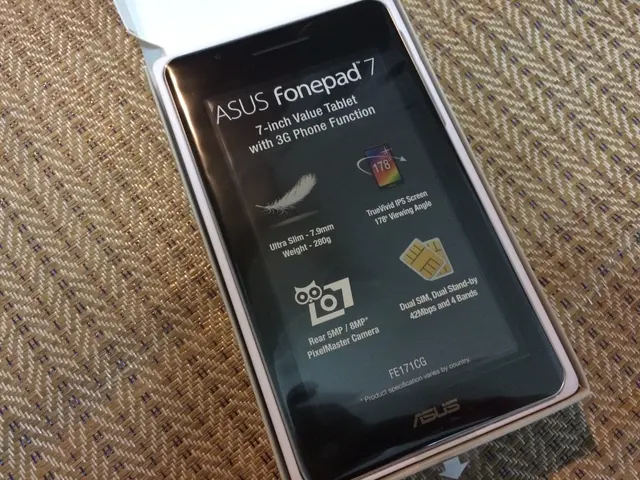Is the Use of Infographics Still Effective for Link Building?
In the early 2010s, infographics gained popularity as a content marketing asset due to their visual appeal and ease of digestion. An infographic is a visual representation of information, data, or knowledge intended to present complex information quickly and clearly. It uses images, charts, graphs, text, and color to convey information that would be hard to explain with text alone.
Initially, infographics seemed like a tactic to gain high-quality backlinks from news and media sites for content marketing agencies. However, as their popularity grew, so did their oversaturation, leading to a shift towards interactive content like quizzes and calculators to boost engagement.
By the mid-2010s, infographic popularity started to wane due to factors like oversaturation, a shift towards interactive content, emphasis on quality over quantity, changes to social media algorithms, and crackdowns on infographic 'link networks'. In an era where content marketing success depends on quality over quantity, infographics should be used selectively as part of an integrated strategy. They are no longer a quick win tactic but can drive results when created with original research and promoted effectively.
Creating genuinely engaging and original infographic designs is challenging. To create effective infographics, incorporate original statistics and research, focus on quality over quantity, make them highly visual, promote them through an integrated strategy, consider interactive content, always provide the raw data and sources. Providing the raw data and sources in infographics builds trust and credibility.
Incorporating original statistics and research into infographics builds credibility and interest from industry media. The most effective modern infographics incorporate unique and interesting data, have an inherently viral element, provide value to readers, and are part of a broader content strategy.
Arbitrary listicles and infographics with no original research often fail to attract links. On the other hand, infographics that offer valuable insights and are based on original research can generate leads and links. Infographics can still be effective for link building if created correctly, as they simplify complex information, build brand credibility, stand out in social media feeds, and can generate leads and links with interactive infographics.
In the past, infographics were often shared on social media and picked up by news and media sites. However, as the landscape of content marketing has evolved, an integrated strategy of social media, outreach, and paid distribution is necessary for promoting infographics effectively. This approach ensures that the infographic reaches the right audience and generates the desired results.
In conclusion, modern infographics should be part of a broader content strategy, incorporating original statistics and research, focusing on quality over quantity, making them highly visual, promoting them through an integrated strategy, considering interactive content, always providing the raw data and sources. In an era where content marketing success depends on quality over quantity, infographics can still be a powerful tool when used effectively.
Read also:
- MRI Scans in Epilepsy Diagnosis: Function and Revealed Findings
- Hematology specialist and anemia treatment: The role of a hematologist in managing anemia conditions
- Enhancing the framework or setup for efficient operation and growth
- Hydroelectric Power Generation Industry Forecasted to Expand to USD 413.3 Billion by 2034, Projected Growth Rate of 5.8% Compound Annual Growth Rate (CAGR)







